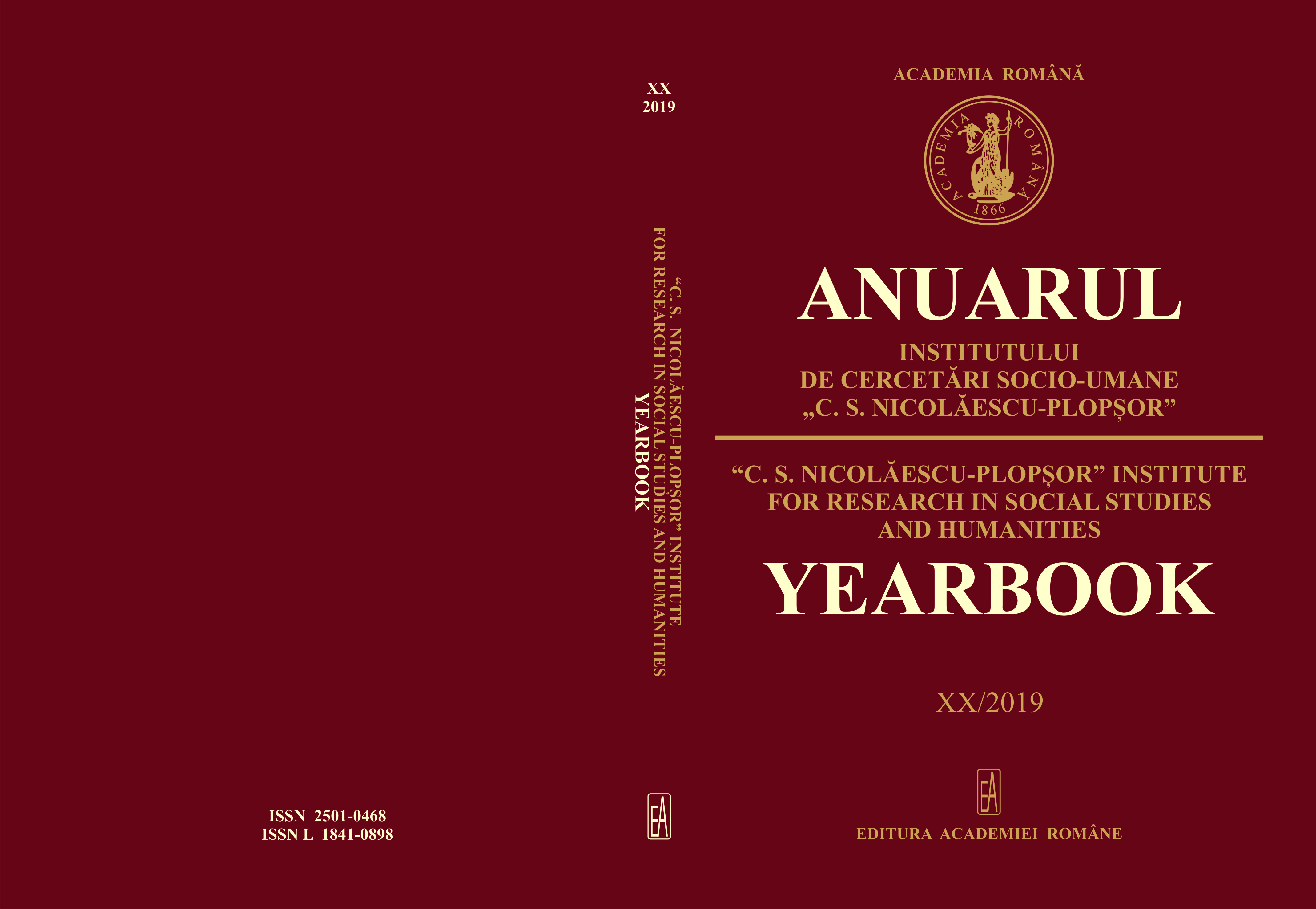CONTRIBUTION OF PHOTOGRAPHY TO THE RECOGNITION OF GREAT UNION OF ROMANIA
CONTRIBUTION OF PHOTOGRAPHY TO THE RECOGNITION OF GREAT UNION OF ROMANIA
Author(s): BOANGIU GABRIELASubject(s): Anthropology
Published by: Editura Academiei Române
Keywords: Great Union of Romania; photography; visual documents; Royal House of Romania; Romanian regions;
Summary/Abstract: The Great Union meant the fulfillment of a great desire of Romanians from everywhere. King Ferdinand and Queen Mary opened the gates of Romania for its worthy integration into the great family of European countries. The beginning of the 20th century was blossoming, despite the great losses caused by the war. The Romanian civilization was to be known by the whole world, and the Romanians could be proud of their reunited country. In order to achieve this, however, a strong decisionmaking capacity, broad inter-regional connections, respect for all the social categories that this time represented Romania, were needed. The Royal House of Romania could provide the necessary support for a good promotion of the Romanian culture and civilization both at national level – a good knowledge and recognition of Romania, as well as internationally – given the origin of the inheriting princes, as well as the excellent diplomacy practiced on the period of the war. Among the many factors that contributed to the local self-knowledge, as well as to the worldwide recognition of Romania, a very effective contribution at the time had the tireless and painstaking work of the photographers of the time, some of them recognized as suppliers of the Royal House. Looking at their work as a whole, we can identify certain tendencies, favorite topics, a certain discourse, the precision of the spelling details, a certain policy of deciphering and raising knowledge of the village, but also of the Romanian city, scenes from life, ceremonies, certain important events of the family or community, images of different social or ethnic categories: peasants, townspeople, boyars, Saxons, Hungarians, Roma. All these images of the time spoke about the socio-cultural variety of Romania, about its native wealth, about the good relations with the co-operating minorities, about the harmony of a nation that, although recently reunited, shows a well-defined identity that it allows them to maintain good interethnic relations with minorities, with neighboring nations recently released and recognized worldwide, in their turn.
Journal: Anuarul Institutului de Cercetări Socio-Umane „C.S. Nicolăescu-Plopșor”
- Issue Year: 2019
- Issue No: XX
- Page Range: 69-80
- Page Count: 12
- Language: English

